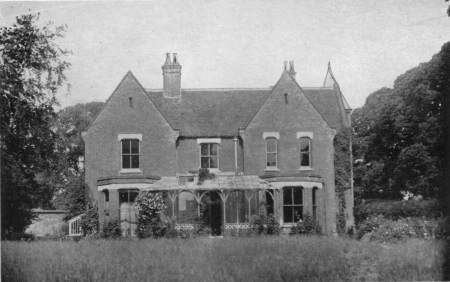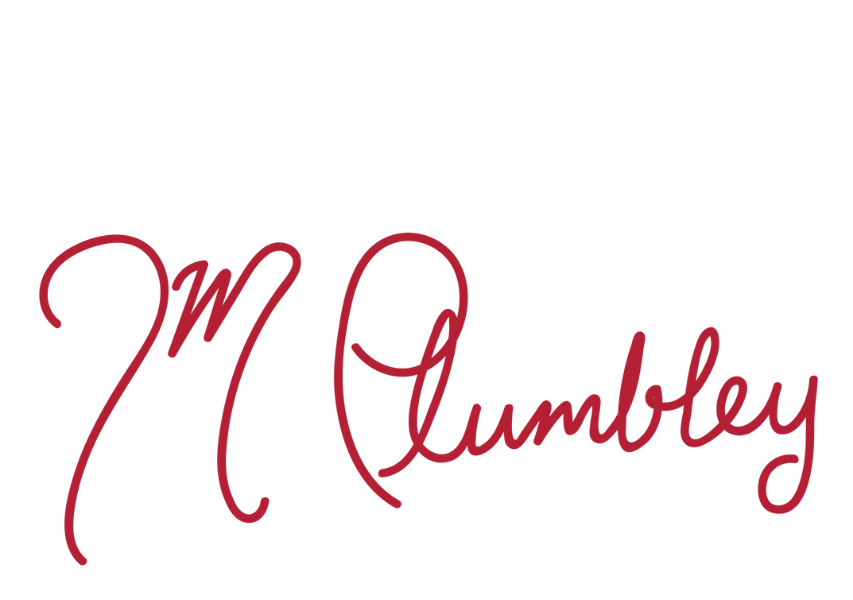Monster Meet research can be a mixed bag. Sometimes I get caught on something specific and have to really dig deep to find enough content for a single post. Other times, like this month, I start out with an innocent Google query (“nun ghost”), and end up down a rabbit hole.
I am ashamed to have never heard of the Borley Rectory until now. According to Harry Price (famed paranormal investigator), it was the “most haunted house in England.” Built in 1862 with heavy stone, wood, and brick, it was a 23-room, Gothic-style home that lurked in the shadows of the surrounding trees. Bars blocked several of its windows. The house had no gas or electricity, and the only water available came through the well in the center courtyard.
20th-century visitors described Borley’s thick, breathless silence, punctuated by the rare mouse scuttling within the walls. The rectory was plagued by ghosts from the minute it was erected.

Nuns in the deep
The haunting allegedly started with a Benedictine monk and nun. Back in the 14th century, the two broke their vows to have an affair. When the church discovered them, it hanged the monk and buried the nun alive inside the convent walls. That convent later burned down, and the rectory was built in its place.
Sound too extreme to be true? It probably was. But the story does go a long way to explain what happened after.
One of the most persistent shapes to haunt Borley was that of a nun. The first residents–the family of Henry Bull–reported seeing her, a thin figure clad in gray, walk the same slow route through the garden, month after month. Usually this was around twilight, but on one occasion it happened in broad daylight, as Bull’s daughters were coming back from a garden party. They tried to call out to the nun, but she didn’t respond. She simply walked into the trees and faded away.
Visitors saw her too. Some even asked Bull what she was doing out there, not able to comprehend what they were seeing. Apparently Henry had a good sense of humor about it; he would go out after dinners with a cigar to see if he could catch a glimpse of her before turning in for the night. For him, the haunting was splendid entertainment.
Less entertaining parts of the haunt
The ambulatory nun, while iconic, was far from the sole phenomena the Bulls had to contend with. Unexplained footsteps echoed through the building. The children heard them nightly as they slowly approached their bedroom before stopping at their door. There would be 3 precise raps–no more, no less. The kids would fling the door open, only to gape at the cold, empty hall. Other times they would hear steps following them as they took the narrow path between the church and the house. One son hid behind a tree to see who might be following him, but there was no one there. It got to be so bad that the townspeople refused to walk the path alone after dark.
Sometimes the ghosts were more direct. One of the Bull girls was slapped awake in late one night, though there was no one else in the room. Henry had to go through the trial of getting the dining room window bricked over; his family’s meals kept getting interrupted by a face staring at them through the glass. Still, the Bulls stuck around. Things weren’t that bad.

Then the Reverend Bull died, passing away in a bedroom that would come to be known as the Blue Room.
Then his wife died there, too.
Then his son.
By the time the next tenants moved in, Borley Rectory had taken a turn for the strange. Mr. and Mrs. Smith had it decidedly worse (IMHO) than the Bulls. In addition to the footsteps came the irregular ringing of servant bells, as well as crashes loud enough to wake them out of a dead sleep. Keys disappeared out of their locks to be found several feet away…or not at all. Doors unlocked and locked at inconvenient times, sometimes with the living still in the room.
Shortly after moving in, Mrs. Smith found a football-shaped, carefully wrapped paper package in the china cabinet. Curious, she peeled off the layers of paper. It was a human skull. Despite her unhappy efforts to investigate, no one could explain where it had come from. Even after living in the house for most of their lives, the surviving Bulls had never seen it before.
Mr. Smith had some excitement, too. One summer afternoon, he stepped outside their bedroom (the infamous Blue Room) and heard a woman’s voice whispering directly over his head. Its words ran together into nonsense–sibilant, urgent. Mr. Smith hurried across the space toward the platform leading to the chapel, and the voice cut off.
The Smiths only stayed in Borley for 2 years before they threw in the towel. They would later refer to the period as the darkest of their lives.
The last Borley family
In October of 1930, Lionel and Marianne Foyster moved in with their adopted baby daughter. Shortly thereafter, all hell broke loose. Not only was there the footsteps and the banging, but one day Marianne turned around and came face-to-face with the apparition of Henry Bull. Their 2-year-old was locked in a room without a key. Objects appeared and disappeared around the house: A bag of lavender came out of nowhere, moved to several different spots over the course a few months (including Mr. Foyster’s coat pocket), and vanished; theological books did the same thing. Marianne’s gold bracelet disappeared at in the time it took her to wash her hands. A wedding ring appeared on the hallway floor.
One night, Mr. Foyster started at the sound of a scream, and rushed out to find his wife outside the Blue Room, pale, with blood pouring down the left side of her face. Some unseen hand had hit her. Another evening he left the sewing room to get some papers from the library, and was startled to see that almost every picture in the hall had been taken off the wall and laid face-down on the floor.
Then there was the writing on the walls. Scrawling, mostly indecipherable messages said things like “Marianne, please help get–”, “get lights and prayers here,” and “his body.” When the family attempted to conduct an exorcism, Mr. Foyster was struck in the shoulder by a fist-sized stone.
Mr. Foyster’s health deteriorated. When he and his wife left Borley in 1935, the church closed the rectory permanently. No longer could they chalk the stories up to imagination or exaggeration: The place was unsuitable to live in.
Liar liar, house on fire
The Borley Rectory might not have been a pleasant place for lay people, but for psychic researchers, it was heaven. The house made Harry Price–who had spent most of his career until that point debunking fraudulent mediums–quite famous. After the Foysters left, he and his crew spent a year at Borley under “controlled” conditions, measuring the phenomena and taking lots of notes and pictures. The material he collected would be enough fodder for multiple books.

During one seance, a spirit told Price’s team that the house would burn down that night, and that when it did, the bones of a murdered person would be revealed. Well, the house didn’t burn down that night. But it did burn down 11 months later. A brief dig into the cellars revealed the bones of what was thought to be a young woman.
The whole thing makes for a fascinating story–a good one. I’m not surprised that Borley is so famous. But not everyone bought into it.
Take the bones, for example. The Borley parish refused to let them be buried in their churchyard. Why? Because local opinion was that they were pig bones. And why might they think that? Because Harry Price was something of a conjurer, and there was a suspicious spike in the ghostly manifestations whenever he was around. After his death, the Society for Psychical Research would release a book debunking all of his work at Borley, accusing him of essentially faking the entire thing, “salting the mine.”
He wasn’t the only one to fake it. It came out later that Marianne Foyster had been staging phenomena, too, in order to cover up an affair with their lodger (a curiously named Frank Pearless). As foundational parts of Borley’s story crumble, one starts to ask more questions: how many of the Bull children’s stories were likely invented? How many “witnesses” could have been suggestible because of those stories?
Maybe Borley wasn’t so special after all.
And yet…not every psychic researcher was against Price. In a lengthy rebuttal of the charges against him, one researcher pointed out that not could the people dismissing Price have had blindspots and ulterior motives of their own, but also that when phenomena are so convincing and convincingly recorded that no critic can poke holes in them, the frightened (or stubborn) person may have no other choice than to allege that “the investigator is in on the trick.”
And even if some of the phenomenon were faked, that doesn’t mean they all were. Researchers in the 70’s certainly thought the place was still worth a visit (if you have the time and a pair of headphones, you can listen to recordings of Borley’s famous footsteps and crashes yourself). The information I’ve covered here barely scratches the surface of what the internet has to offer on this stuff, even after almost 100 years.
Even if the ghosts aren’t haunting the grounds, they’re still banging around in people’s heads.
What is the most unusual object that you’ve found in a house cabinet? Share your story in the comments below.
Featured image by DDP.





0 Comments